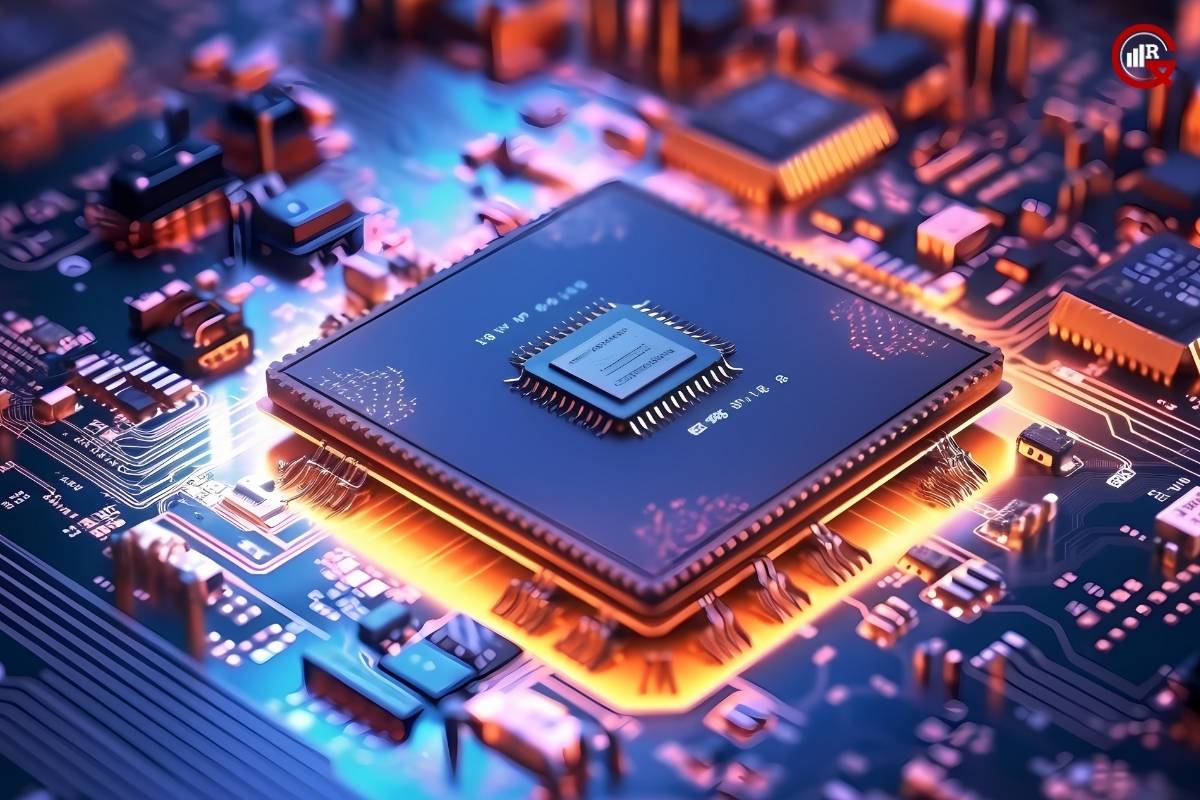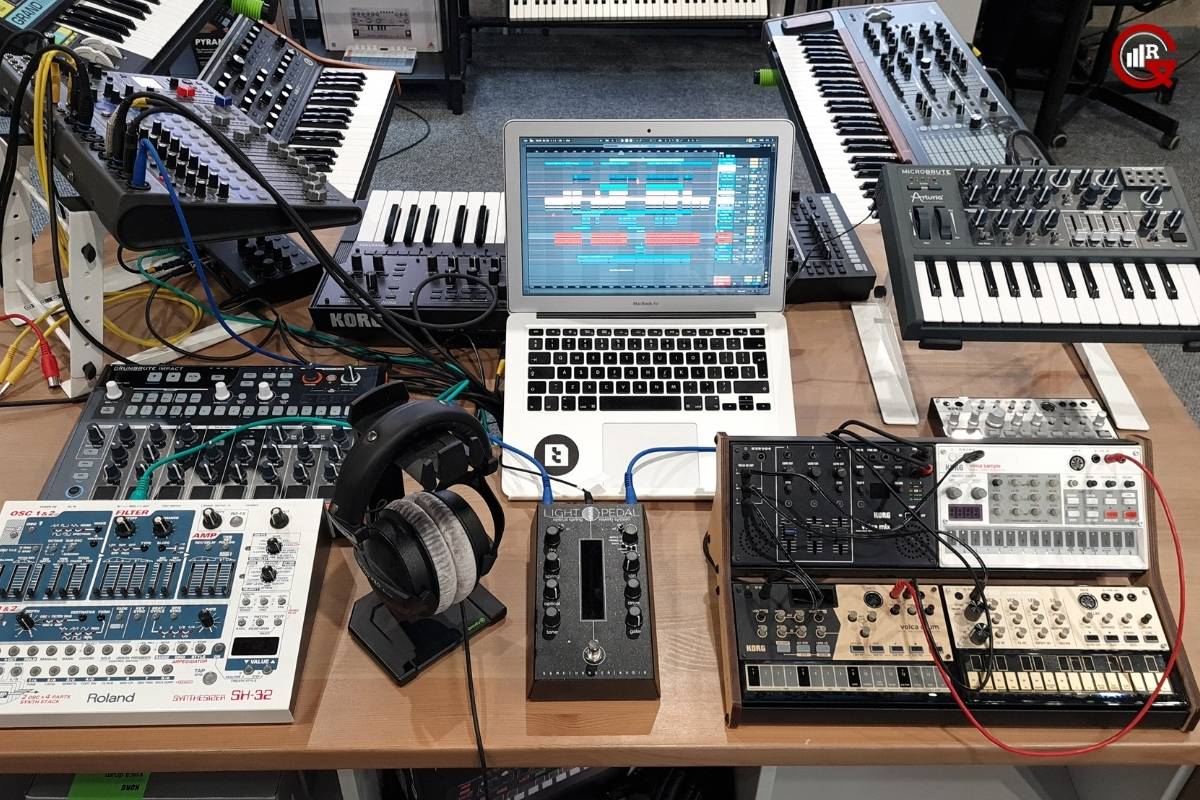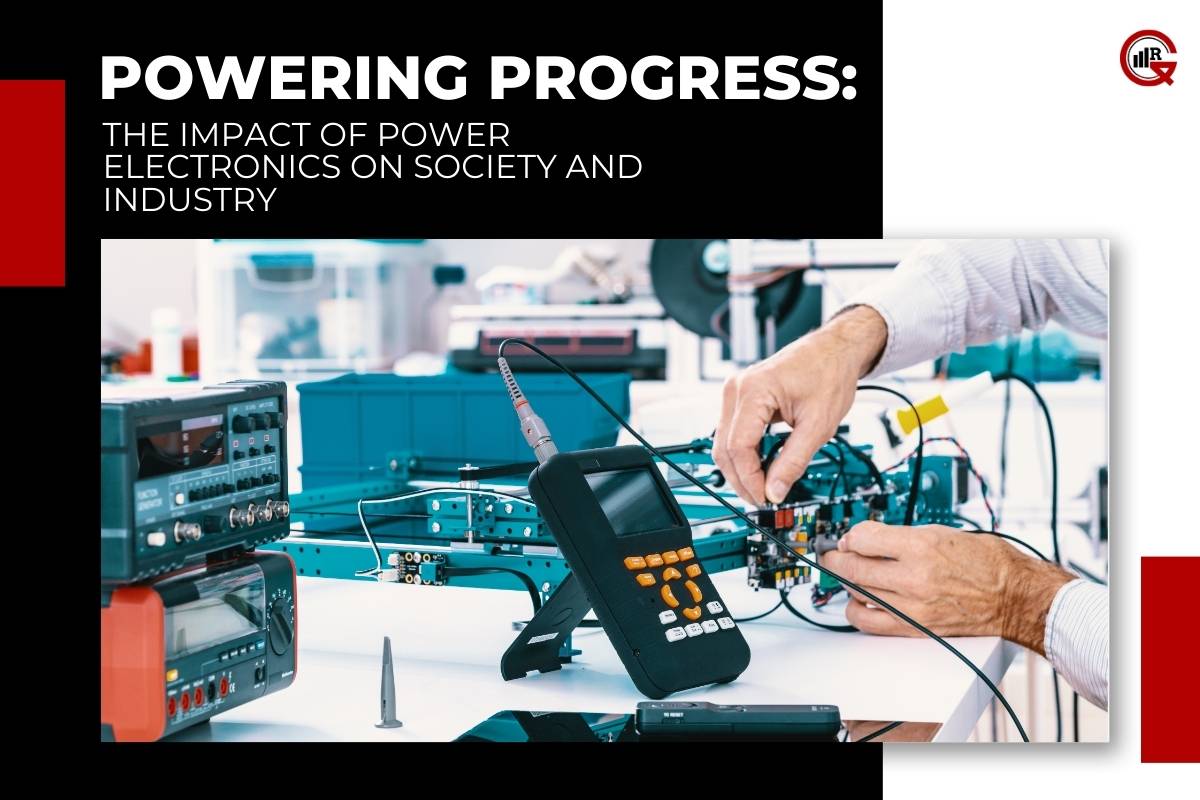Power electronics is a rapidly evolving field that plays a crucial role in modern electrical systems, ranging from consumer electronics to industrial applications. This article explores the fundamentals of power electronics, its applications, recent advancements, and its significance in shaping the future of electrical engineering.
Power electronics is a branch of electrical engineering that deals with the control and conversion of electric power. It involves the design, analysis, and implementation of electronic circuits and devices to efficiently convert and control electrical energy. Power electronic devices such as rectifiers, inverters, converters, and voltage regulators are essential components in various electrical systems, enabling the efficient management and utilization of electrical power.
Fundamentals of Power Electronics:

At the heart of electronics are semiconductor devices such as diodes, transistors, and thyristors, which are used to control the flow of electrical current. These devices operate in different switching modes, including rectification, inversion, and regulation, to achieve desired power conversion tasks. Key concepts in electronics include voltage regulation, current control, power factor correction, and harmonic mitigation, all of which are essential for optimizing the performance and efficiency of electrical systems.
Applications of Power Electronics:
Power electronics finds applications in diverse fields, including:
Renewable Energy Systems: Power electronic converters are used in renewable energy systems such as solar photovoltaic (PV) and wind turbines to convert DC power generated by solar panels and wind turbines into AC power suitable for grid integration.
Electric Vehicles (EVs): Power electronic converters control the charging and discharging of batteries in electric vehicles, as well as the conversion of DC power from batteries to AC power for driving electric motors.
Industrial Automation: Power electronic devices are widely employed in industrial automation systems for motor control, variable speed drives, and power distribution, enabling efficient operation and energy savings in industrial processes.
Power Supplies: Switch-mode power supplies (SMPS) based on power electronic converters are used in electronic devices, computers, and telecommunications equipment to provide regulated DC voltage from AC mains power.
Consumer Electronics: Power electronic circuits are integral to the operation of various consumer electronics such as LED lighting, home appliances, mobile devices, and audio amplifiers, providing efficient power conversion and control.
Recent Advancements:

Recent advancements in power electronics have focused on improving efficiency, reliability, and integration in electrical systems. Some notable developments include:
Wide Bandgap (WBG) Semiconductor Devices: WBG materials such as silicon carbide (SiC) and gallium nitride (GaN) offer superior electrical properties compared to traditional silicon devices, enabling higher operating temperatures, lower switching losses, and higher power density in power electronic converters.
Digital Control Techniques: Digital control algorithms and microcontroller-based control systems provide enhanced flexibility, accuracy, and performance in power electronic converters, enabling advanced features such as adaptive control, predictive maintenance, and grid integration.
Multi-Level Converter Topologies: Multi-level converter topologies such as modular multilevel converters (MMC) and cascaded H-bridge converters offer improved voltage waveform quality, reduced harmonic distortion, and enhanced fault tolerance in high-voltage AC and DC power transmission systems.
Energy Storage Systems: Power electronic converters are integral components of energy storage systems such as battery energy storage systems (BESS) and supercapacitors, enabling efficient charging, discharging, and management of electrical energy in grid-connected and off-grid applications.
Smart Grid Technologies: Power electronics play a crucial role in smart grid technologies such as smart meters, grid-tied inverters, and demand response systems, enabling bidirectional power flow, voltage regulation, and real-time monitoring and control of electrical networks.
Significance:

Power electronics are essential for achieving energy efficiency, reliability, and sustainability in modern electrical systems. By enabling efficient power conversion, control, and management, power electronics contributes to reduced energy consumption, lower greenhouse gas emissions, and improved grid stability. As the demand for energy-efficient technologies and renewable energy sources continues to grow, the importance of power electronics in shaping the future of electrical engineering and sustainable energy systems cannot be overstated.
Integration with Internet of Things (IoT): Power electronics is increasingly being integrated with IoT technologies to enable smart and connected electrical systems. IoT-enabled power electronic devices and sensors allow for remote monitoring, diagnostics, and control of electrical equipment, improving operational efficiency and reliability.
High-Frequency Power Conversion: Advancements in high-frequency power conversion techniques have led to the development of compact and lightweight power electronic systems with higher power density and efficiency. High-frequency switching converters and resonant power circuits enable efficient power conversion in applications such as wireless power transfer, electric vehicle chargers, and high-frequency lighting systems.
Resilience to Electromagnetic Interference (EMI): Power electronic systems are designed to mitigate electromagnetic interference (EMI) to ensure reliable operation in electromagnetic environments. EMI filters, shielding techniques, and electromagnetic compatibility (EMC) standards are employed to reduce electromagnetic emissions and susceptibility, ensuring compliance with regulatory requirements and maintaining system reliability.
Energy Harvesting and Wireless Power Transfer: Power electronics are instrumental in energy harvesting systems that capture and convert ambient energy sources such as solar, thermal, and kinetic energy into usable electrical power. Wireless power transfer technologies based on power electronic resonant circuits enable efficient transmission of electrical energy over short and long distances, supporting applications such as wireless charging, sensor networks, and implantable medical devices.
Environmental Sustainability: Power electronics play a vital role in promoting environmental sustainability by enabling the integration of renewable energy sources, energy storage systems, and efficient power management strategies. By facilitating the adoption of clean and renewable energy technologies, power electronics contribute to reducing greenhouse gas emissions, mitigating climate change, and promoting a transition towards a low-carbon economy.
Conclusion:
Power electronics is a dynamic and interdisciplinary field that underpins the design and operation of modern electrical systems across various applications. With ongoing advancements in semiconductor technology, digital control techniques, and energy storage systems, power electronics continues to drive innovation and transformation in renewable energy, electric transportation, industrial automation, and consumer electronics. As we look towards a future powered by clean and sustainable energy, power electronics will play a central role in realizing this vision through efficient power conversion, integration, and management.






